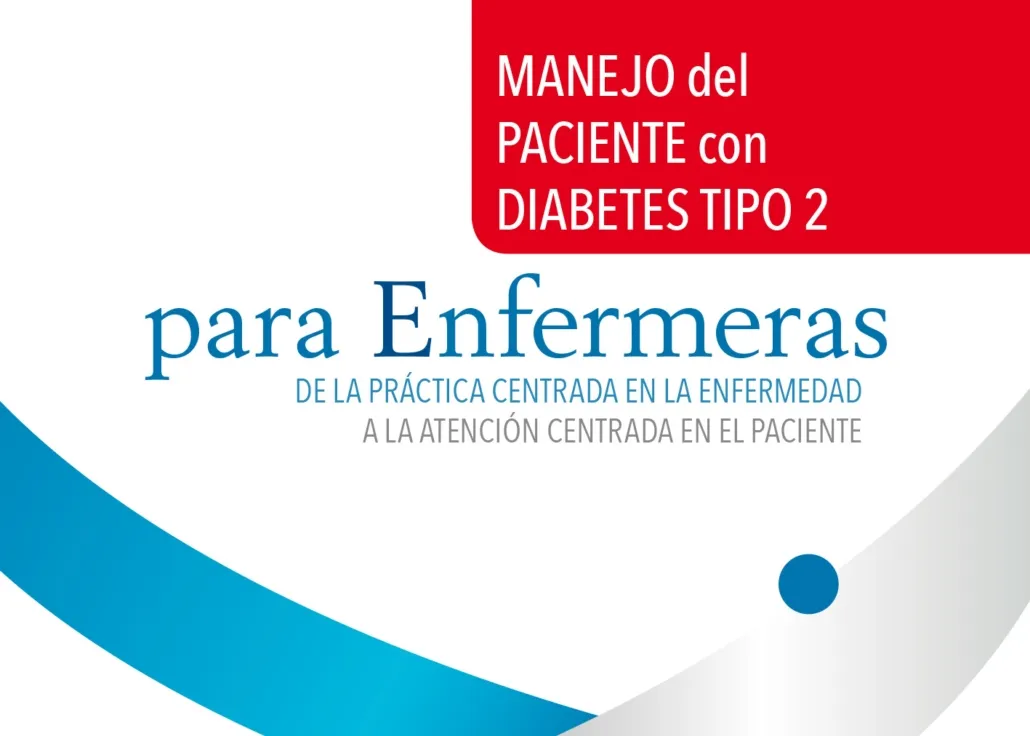Improving the control of the large number of patients who have diabetes in Spain, which will help reduce the complications they suffer, is one of the main objectives pursued by the new manual on the management of type 2 diabetes that will be distributed fromFree form at 316,000 Spanish nurses, a guide from the General Nursing Council and its Spanish Nurse Research Institute, with the collaboration of the Lilly Pharmaceutical Company.
This document includes all the keys to improve therapeutic education to the patient, the new technologies applied to this field and, in general, strategies to improve the management of diabetes from the perspective of nursing, as a member of the multidisciplinary team involved in the follow -up in the follow -upof these patients.
The new guide of the General Nursing Council is part of the new collection of practical and manual action recommendations, prepared by specialists in each therapeutic area, which are put at the service of nurses for free and accessible in order to improve the approach ofnumerous pathologies.
Diabetes is a disease with a high impact and a great consumption of health system resources due to its high prevalence.It affects about 347 million people worldwide.It is estimated that in just a decade, one in 10 adults will suffer this chronic ailment.Almost 20 percent of those over 65 in Spain present this condition and in less than 15 years they will be 25 percent, a quarter of the elderly, and 35 percent in 2066, about 14 million Spanish older than65 years will be diabetic.
"narrow" monitoring
“Diabetes is a high prevalence disease and on which the health education carried out by nurses carried out.With this manual, we put in the hands of professionals a valuable instrument of guidance and help, a clear, concise and accessible vision of the management of the ailment by the nurses, ”says the president of the General Council of Nursing, Florentino Pérez Raya Raya.
On the part of Lilly, the laboratory that collaborates in the edition of this guide, Dr. Miriam Rubio, who is the medical manager of her diabetes area, points out that “diabetes requires narrow monitoring by a multidisciplinary team that helpsPatients to keep it under control and thus prevent the complications that can cause. ”
This manual has a series of QR codes (also called IDBI) that give access, through the mobile phone, to a series of explanatory videos that complement and expand the content by showing all types of techniques and procedures.


